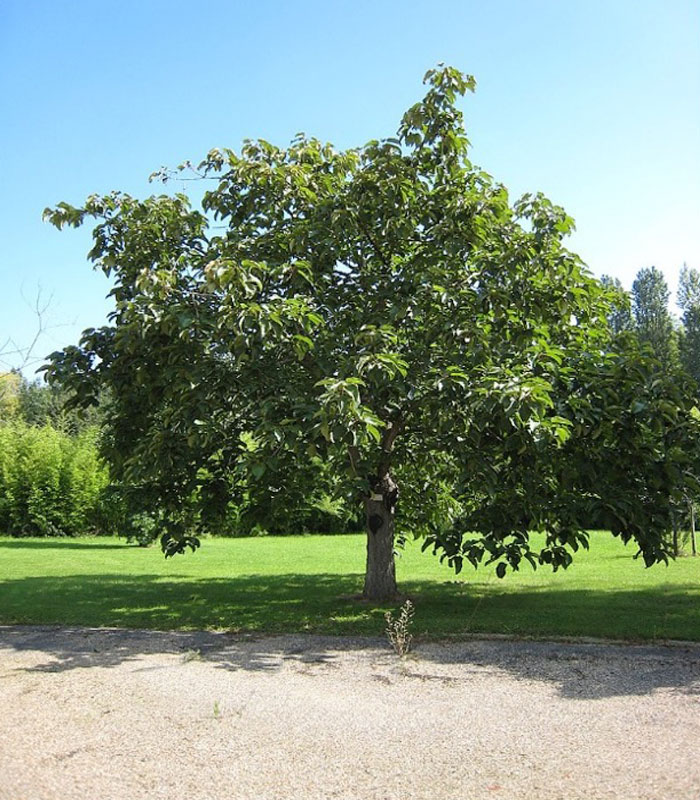
Botanical Name: Populus lasiocarpa
Common Name: Chinese Necklace Poplar
A rare tree introduced from China in 1900 and grown here for its large 10-30cm leaves on 20cm stalks.The two examples here have been grafted, (graft line visible at 2m on the trunk).
Commonly known as the Canadian poplar or the western balsam poplar, is a deciduous tree native to North America. Here's a brief overview of its origins and history:
The history of Populus lasiocarpa reflects its ecological importance in riparian ecosystems, historical uses by indigenous peoples, and its role in contemporary forestry and agroforestry practices.
20693